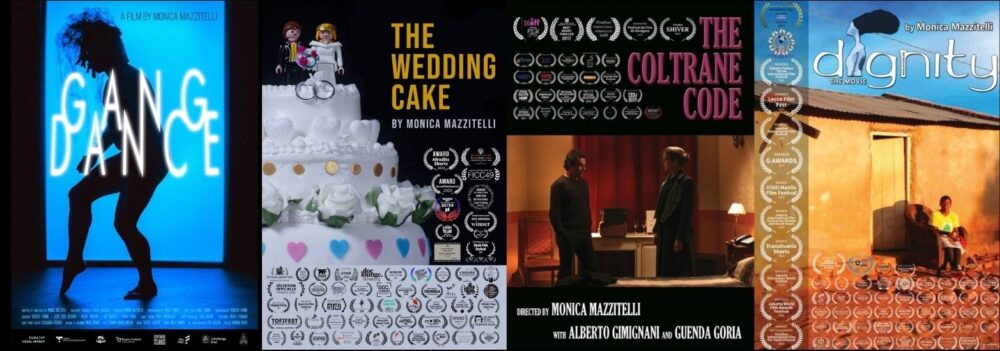
What distinguishes an artist of photography from a simple photographer? In this age of so much banality and an overdose of photography it should be difficult to find the boundary, and yet it isn’t. Because a photograph has energy, spirit, originality, a disturbing quality, or it doesn’t – despite filters, cropping and other post-production contortions. And the photography of Swede Thron Ullberg – currently with a one-person show called Vilsen (Lost) at the Elf Galleri in Gothenburg – is almost more art than photography.
For years, Ullberg has been considered the country’s best portraitist, having captured the face (almost always in black and white) of all the most important figures in the Swedish culture and entertainment world, particularly in the pages of the magazine Impuls. Surprising portraits, fully narrative, iconic and surrealist, and yet often informal, where you can see the manual work on the negative with your own eyes: Ullberg rarely works in digital, his photography is analogue and out of preference he uses a large format Linhof Tecknika in which he loads Polaroid film, which is no longer produced by the company and so can only be bought from individuals who have decided to get rid of their old supply. Ullberg hunts it down, and carefully safeguards it in his freezer, accepting or rather embracing the “perishable” element, the “time” element of the material, making it a point of expressive strength. Indeed, in this one-person show Vilsen, there is power in the space left to the uneven washed-out look of the film, to the blurred toning from the yellowing of the colors and the milky opacity of the white. Ullberg’s creative stimulus is the breaking of a boundary, a struggle against what would like to remain hidden.

His portraits reveal, and if the subject knows how to be an accomplice, lay bare with a liberating loss of self-consciousness. And after years of portraits, one part of his work, born almost by chance on April 10, 1996, has grown more and more, to become his true and perhaps most important artistic laboratory for rupturing the ordinary. He started that day with a self-portrait in which he dared to ask himself to pose in a way that would have been difficult to suggest to any of his subjects, and he has continued year after year, always on April 10, to make an extreme creative appointment with himself, to challenge himself: each time the image is more complex, excessive, dangerous, bold. Not only because the self-portraits are often nudes, but because the conditions of the shot end up at prohibitive limits: temperatures close to zero, leaps from four meters high, the body hanging by ropes from the branch of a tree, or attached by staples, or lying on thin ice.

There is a challenge to death in these free images of Ullberg’s, something that may relate to the origins of his photography: the death of his father, through an accident when Ullberg was seven years old. A few years after he died, Thron found some photographs shot by his father and he turned to these images as if continuing a conversation, an interrupted connection, making photography a profession. Instant shots like a contact ring despite the physical severing, a place of progression to the end. And the April 10 self-portraits as much as the ones in the Galleri Elf show, where Ullberg portrays an alter-ego model, perhaps also want to recount this anguish about death and his implicit crossing over by surpassing a boundary that is ever more extreme, in a way that is narcissistic yet so authentic that it becomes, powerfully, Art.
